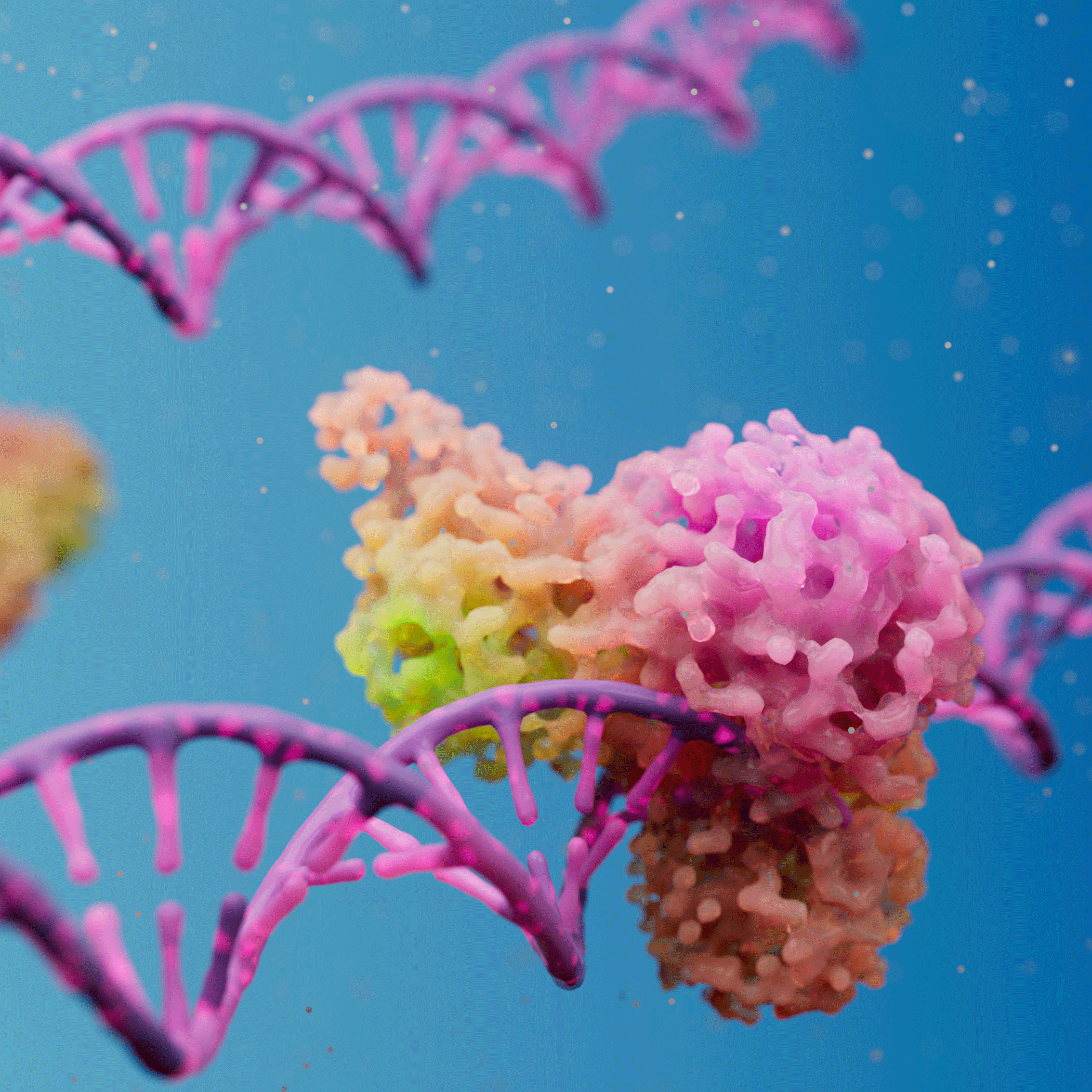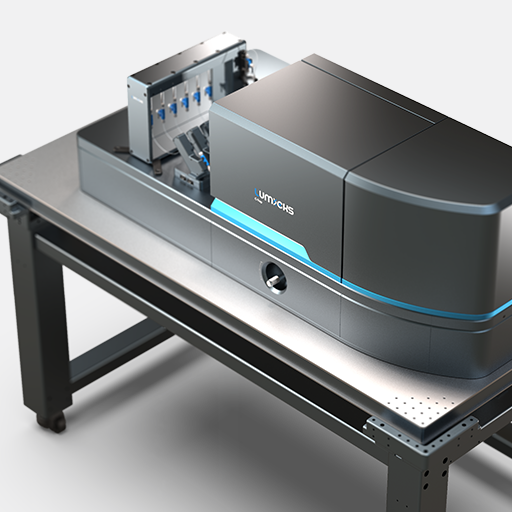For a long time, scientists have been striving to understand how DNA-binding proteins interact with DNA substrates in real time at the single-molecule level, using a variety of imaging techniques and optical platforms. However, for most of these methods scientists always had to choose between studying purified proteins under specific conditions or observing them in living cells. Now, with the help of LUMICKS’ C-Trap® technology, they have successfully developed a novel powerful approach to study DNA-binding proteins with single-molecule precision and resolution in the complex cellular environment.
In a newly published exciting paper from the research group of Bennett Van Houten they reveal a revolutionary new method for directly measuring and analyzing how DNA-binding proteins interact with specific DNA sequences, using the C-Trap.
This new method, using nuclear extracts, takes advantage of the C-Trap to track and study the binding behavior of individual fluorescently labelled proteins without the need to purify the proteins one by one. This enables researchers to understand the order in which proteins come together to bind to DNA for instance, and how they diffuse along the DNA to locate their targets.
What’s really thrilling about this method is that it allows scientists to study these processes in the complex environment of the nucleus, where thousands of different proteins are at work at any given time. By tracking fluorescently tagged proteins, scientists can decipher how they interact with DNA inside the nucleus.
Using single-molecule analysis to study DNA-binding proteins from nuclear extracts has the potential to provide important insights into the mechanisms of DNA repair, replication, and transcription, which are vital for maintaining genomic stability. It’s an exciting development in the field of molecular biology that could lead to new discoveries and treatments for a range of human genetic diseases, including cancer.
As the authors state: “Single-molecule analysis of DNA-binding proteins from nuclear extracts performed in conjunction with the LUMICKS C-Trap represents a novel, scalable, and relatively high-throughput method to obtain single-molecule mechanistic insights into key protein-DNA interactions in an environment resembling the nucleus of mammalian cells.”
For further information about this study, check out the paper “Single-Molecule Analysis of DNA-binding proteins from Nuclear Extracts (SMADNE),” published in Nucleic Acids Research. To see how the lab of Ben van Houten has already applied this method successfully in their research, you can also have a look at their publication “Cooperative interaction between AAG and UV-DDB in the removal of modified bases,” in Nucleic Acids Research.
Are you interested in using dynamic single-molecule tools like the C-Trap for your research? Do not hesitate to contact us for more information.






